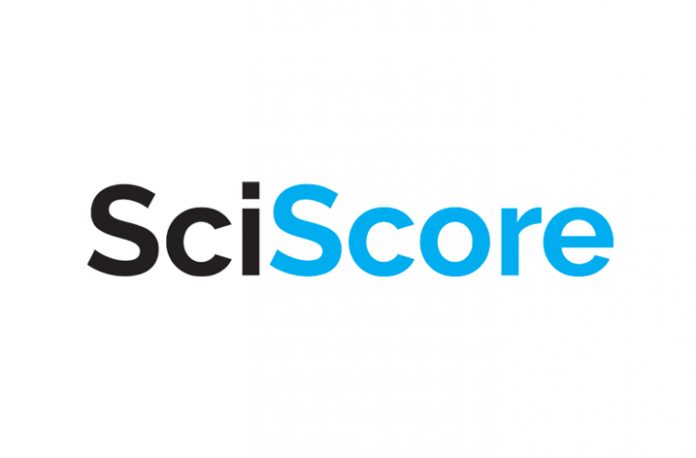
SciCrunch Inc is pleased to announce the release of SciScore Version 3 beta with significant improvements. We’ve listened to our users; many authors reached out to us wanting to know how we calculate the score and how to improve their results. Additionally, several publishers expressed interest in a tool to check for statistics requirements during the peer review process. In response, we’ve implemented the following notable improvements:
- A redesigned report interface featuring a new cover page that provides an at-a-glance summary of how well the paper adheres to rigor and transparency guidelines.
- Comprehensive explanations and suggestions throughout the report to help users improve their scores and understand the scoring rationale.
- We have added a brand new statistics module. Our AI checks the statistical methods used and guides expected reporting practices.
“The SciScore Version 3 beta update will bring along a major improvement for our users with an easy to interpret cover page. At a glance they will be able to see where they don’t adhere yet to policy guidelines and we’ve create a brandnew statistics module to help researchers to provide the right information on their reporting.”
Anita Bandrowski, CEO of SciScore
We look forward to receiving your feedback on these improvements.
What’s New in Version 3
What is new?
- SciScore boasts a set of 4 cover pages:
- human studies cover,
- animal studies cover,
- other study cover page,
- a ‘0’ score cover page;
These cover pages are intended to provide a quick overview of how the manuscript submitted to SciScore fared in context with additional help information and links to the appropriate checklist
- Contextual help has been placed throughout the report in the column on the right, “How to improve”
- Scoring constraint rules were added to improve the relevance and significance of the SciScore
- SciScore has moved sections, oligo probes and incorrect RRIDs have moved from Table 3 to Table 2
- Table 3 is now entirely devoted to statistics, where SciScore reports on the most common statistical tests and adds information about what should be reported for each test as well as a quick reminder of the assumptions that should be satisfied for each test
What has improved?
- Enhanced recognition and parsing of statements about data
- We would like to thank the ODDPub team (Ridel et al, 2020; DOI: 10.5334/dsj-2020-042, RRID:SCR_018385) for their work, based on which we have been able to update the deposited data classifier
- Enhanced recognition of the following entities: antibodies, organisms, cell lines, software tools, and statistical tests
- For organisms, antibodies, and cell lines we now recognize more common patterns typical of “control” reagents. As more people use these we do the “RRID lookup” for authors, but we still ask that authors remain vigilant, only they know which reagents and other resources they used
- Enhanced recognition of code repositories
- Enhanced recognition of antibodies within large lists or mentioned by catalog number
- Enhanced recognition of software tools to include a new set of URLs available from the RRID web-portal
























